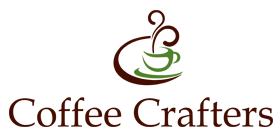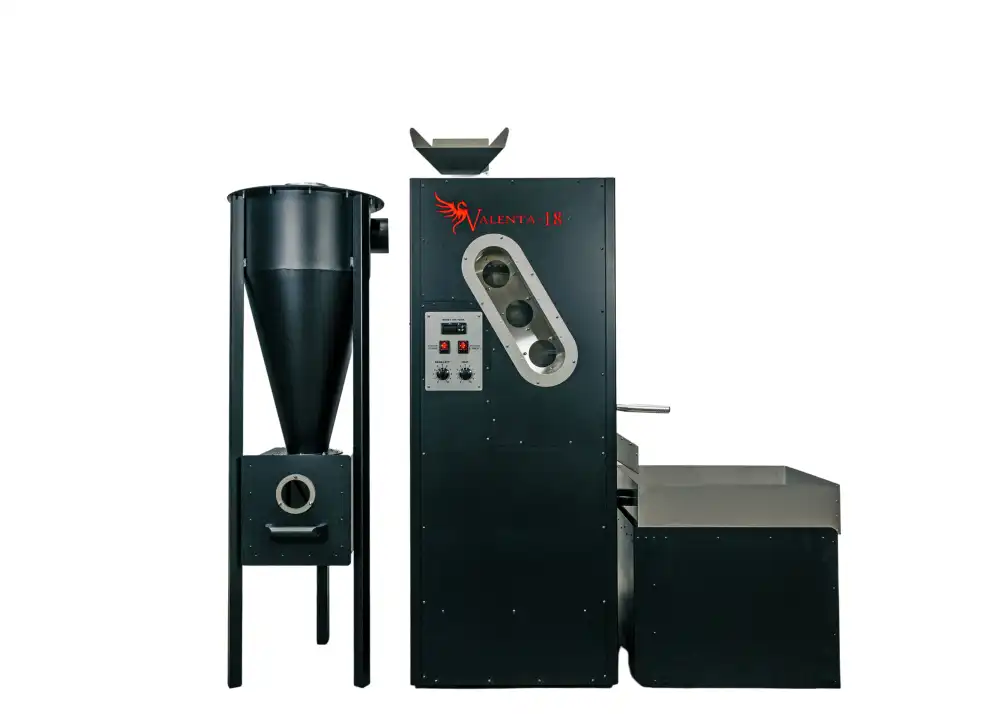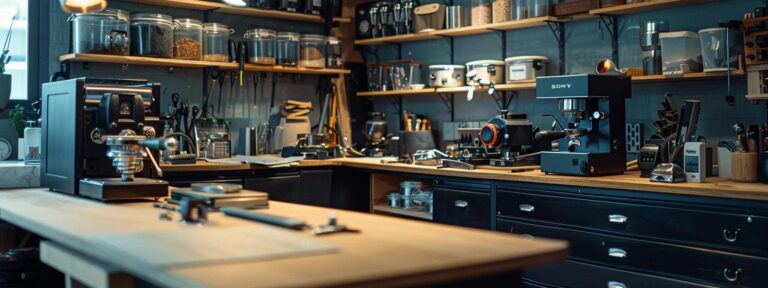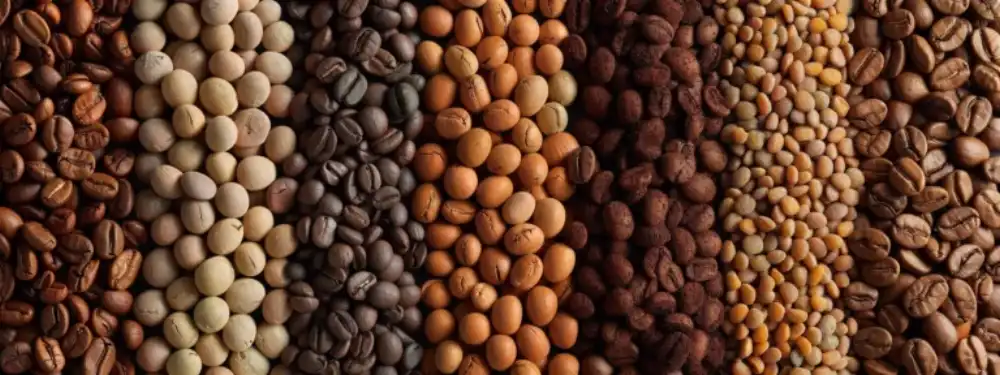Table Of Contents:
- Cold Brew Chemistry: How Extraction, Temperature, and Yield Affect Your Coffee
- What Is Cold Brew Extraction and How Does It Work?
- How Does Temperature Impact Cold Brew Coffee Chemistry?
- What Factors Influence Cold Brew Coffee Yield?
- How Can You Measure and Improve Cold Brew Extraction Efficiency?
- What Are the Best Practices for Brewing Cold Brew Coffee at Home?
- How Does Cold Brew Chemistry Compare to Hot Brew Methods?
- What Are Common Questions About Cold Brew Chemistry, Extraction, and Yield?
- Table: Comparison of Extraction Parameters and Their Impact
- Frequently Asked Questions
- Final Thoughts
Cold Brew Chemistry: How Extraction, Temperature, and Yield Affect Your Coffee
Cold brew has become popular for its unique flavor and smooth mouthfeel. In this article, I explore the chemistry of cold brew to explain how extraction, temperature, and yield influence each cup you prepare at home. By understanding these chemical processes and factors, coffee-roasters and home brewers can optimize their methods for consistent quality and maximum flavor.
What Is Cold Brew Extraction and How Does It Work?
Cold brew extraction is the process where cold water slowly dissolves soluble compounds from ground coffee. As water permeates the coffee grounds, it absorbs oils, acids, and aromatic compounds without producing the high-temperature bitterness found in hot brewing. This process is governed by diffusion, percolation, and mass transfer, resulting in a smoother, less acidic beverage appreciated by many coffee enthusiasts for its subtle sweetness and full body.
What Chemical Processes Occur During Cold Brew Extraction?
During cold brew extraction, diffusion transfers soluble compounds like lipids, caffeine, and chlorogenic acids into the water. Simultaneously, weak acidic reactions gradually break down complex molecules into simpler flavor compounds. Reduced hydrolysis at lower temperatures also helps preserve delicate aromas and prevents over-extraction of bitter substances. Together, these processes deliver a nuanced and balanced flavor profile.
How Does Extraction Time Influence Flavor and Strength?
Extraction time is critical to achieving the desired flavor and strength. A longer period increases the concentration of solubles, leading to a bolder cup with more total dissolved solids but also risking bitterness from over-extraction. Shorter extraction may cause underdeveloped flavors. Generally, a steeping time of 12 to 24 hours provides a balance of strength, aroma, and smoothness while allowing delicate notes to fully develop.
Which Compounds Are Extracted at Different Stages?
Different compounds emerge at various extraction stages. Initially, water-soluble substances such as simple sugars and acids provide bright, fruity hints. Over time, more complex compounds like bitter alkaloids and lipids dissolve, adding body and depth. For instance, caffeine and chlorogenic acids are released gradually, while trigonelline, a precursor to aromatic compounds, breaks down slowly. Understanding this extraction curve helps adjust brewing parameters to achieve the optimal sensory profile.
How Does Temperature Impact Cold Brew Coffee Chemistry?
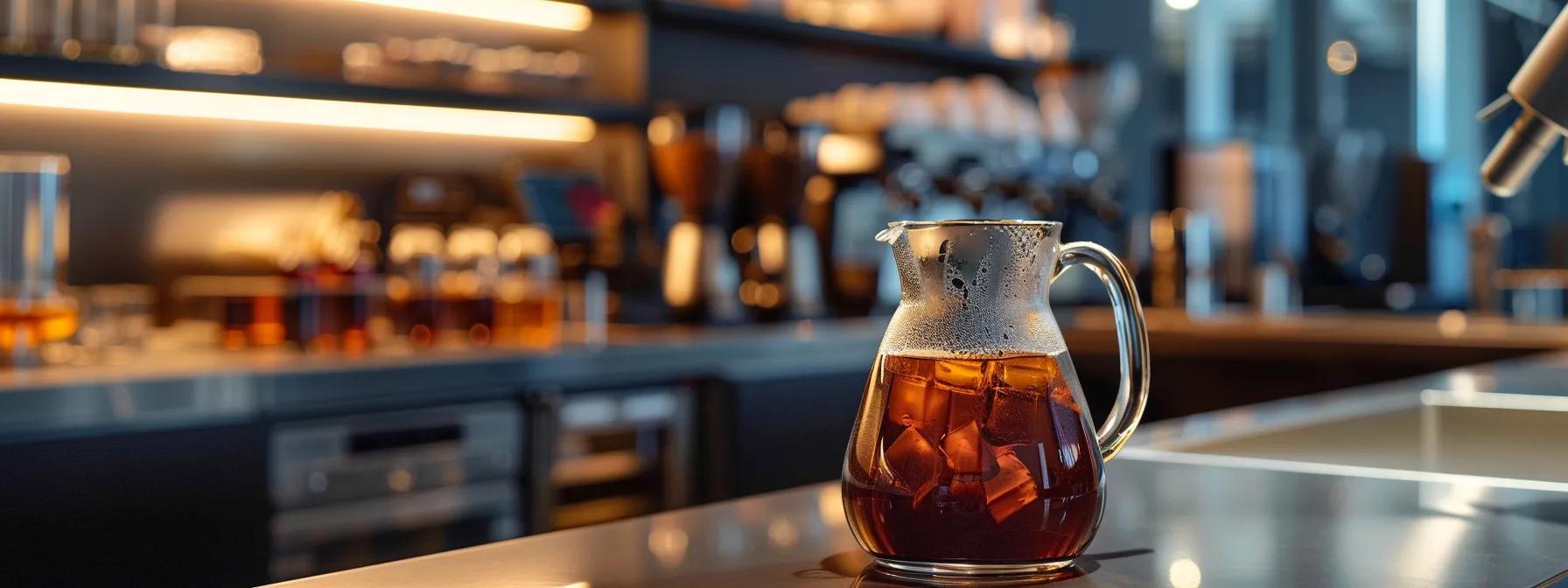
Temperature significantly affects cold brew chemistry. Brewing with cold water results in a reduced extraction rate compared to hot methods, yielding a smoother, less acidic, and mellow brew. Lower temperatures also help protect sensitive flavor compounds from thermal degradation, preserving their aromatic qualities.
Why Is Cold Temperature Preferred for Cold Brew Extraction?
Cold temperatures gently extract flavor compounds without triggering reactions that lead to harsh bitterness. When brewed at room temperature or cooler, oxidation and caramelization occur slowly, reducing off-flavors. This gentle extraction produces a beverage with balanced sweetness and a subtle floral or fruity character that is difficult to achieve with hot water.
How Do Different Temperatures Affect Solubility and Extraction Rate?
At higher temperatures, coffee solubility increases rapidly, often resulting in an uncontrolled extraction that may pull out bitter compounds. Conversely, cold water yields a slow extraction, releasing only the most soluble compounds at a manageable pace. This controlled process helps achieve the desired balance between sweetness, acidity, and body in the final cup.
What Temperature Ranges Optimize Flavor and Minimize Bitterness?
Maintaining a brewing temperature between 18°C and 22°C (64°F to 72°F) optimizes flavor while minimizing bitterness. In this range, water effectively dissolves flavor compounds without extracting those responsible for harsh bitterness. Small deviations outside this range can noticeably affect the taste, making precise temperature control essential for consistent results.
What Factors Influence Cold Brew Coffee Yield?
Cold brew yield—the percentage of soluble coffee compounds extracted—is influenced by several factors: grind size, coffee-to-water ratio, steeping time, and agitation. Balancing these variables ensures maximum flavor extraction without introducing undesired bitterness.
How Does Grind Size Affect Extraction Yield?
Grind size plays an important role: finer grinds have a larger surface area that accelerates extraction but risk over-extraction and bitterness. Coarser grinds extract more slowly and may produce a less robust brew unless steep time is adjusted. A medium-coarse grind is typically optimal for achieving an effective balance between extraction efficiency and flavor quality.
What Is the Ideal Coffee-to-Water Ratio for Maximum Yield?
The ideal coffee-to-water ratio for cold brew generally ranges from 1:12 to 1:16. A higher ratio increases yield and concentration, resulting in a stronger brew, whereas a lower ratio creates a smoother, lighter beverage. For most purposes, using about 60 to 70 grams of coffee per liter of water provides a consistently balanced extraction.
How Do Steeping Time and Agitation Impact Yield?
Longer steeping time promotes a higher extraction yield by allowing compounds to fully diffuse from the grounds. However, excessive steeping can draw out bitter compounds. Intermittent stirring helps redistribute water around the coffee particles, encouraging even extraction. Many brewers recommend a gentle stir midway through the steeping period to ensure uniformity and optimal yield.
How Can You Measure and Improve Cold Brew Extraction Efficiency?
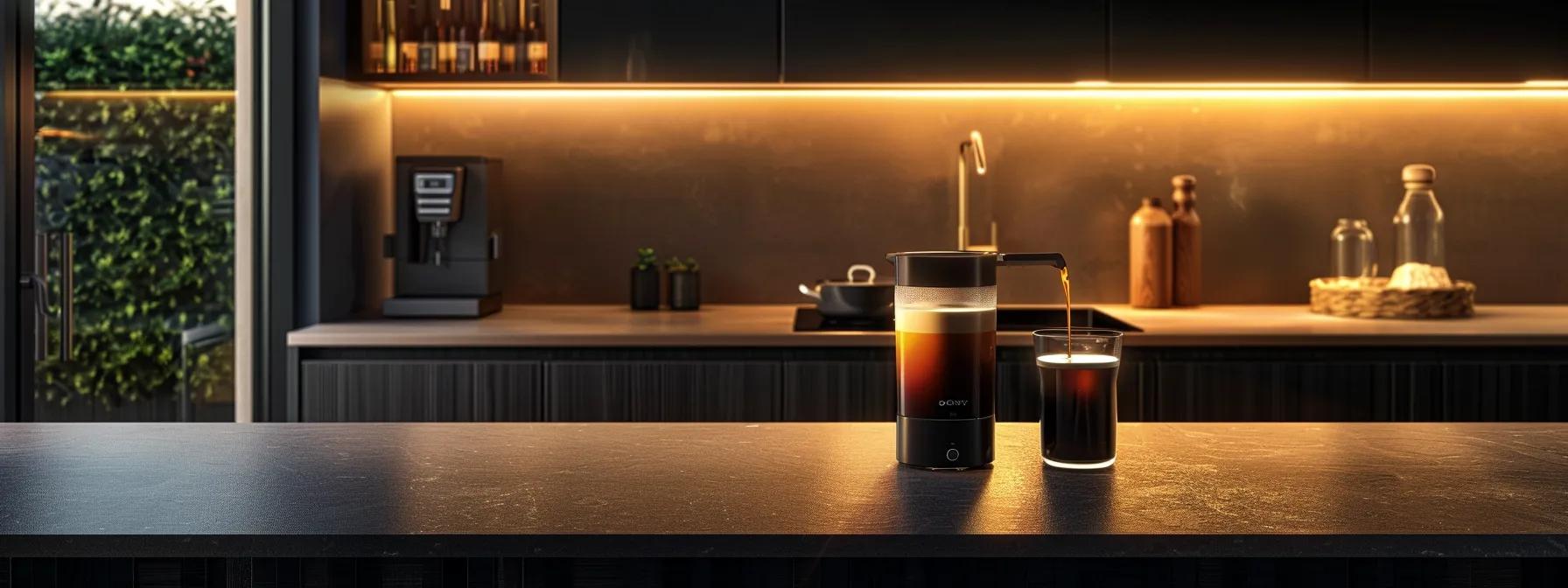
Measuring extraction efficiency is key to refining the cold brew process. Tools like refractometers can assess the total dissolved solids (TDS) in the brew, giving an objective measure of extraction quality. This measurement allows brewers to adjust parameters systematically for reproducible results.
What Tools and Methods Measure Extraction Yield Accurately?
Refractometers and digital scales are essential for accurate measurement of extraction yield. A refractometer directly measures TDS, while keeping a control chart to monitor temperature, steeping time, and grind size can help identify patterns and optimize the process. These instruments enable ongoing refinement of brewing parameters.
How to Adjust Brewing Parameters to Optimize Extraction?
Optimizing extraction involves a trial-and-error approach. If the brew tastes overly bitter, a shorter steeping time or a slightly coarser grind may help. Conversely, if the brew lacks depth, increasing the contact time or adjusting the coffee-to-water ratio may be necessary. Detailed records and gradual adjustments allow for continual improvements in extraction efficiency.
What Common Mistakes Reduce Cold Brew Extraction Quality?
Common pitfalls include failing to maintain optimal temperature, using inconsistent grind sizes, and neglecting agitation. Such errors can cause uneven extraction with some particles over-extracted while others remain under-extracted. Additionally, improper coffee-to-water ratios and a lack of systematic parameter recording can impede optimal brewing. Avoiding these mistakes is crucial for achieving high-quality cold brew.
What Are the Best Practices for Brewing Cold Brew Coffee at Home?
Brewing excellent cold brew at home involves selecting quality ingredients, controlling brewing variables precisely, and using proper storage techniques. Following these best practices helps maintain a balanced extraction that brings out the unique qualities of your coffee.
How to Select Coffee Beans for Ideal Cold Brew Chemistry?
For cold brew, medium to dark roasted beans are preferred because their oils are more soluble and their acidity is lower. Freshly roasted beans that have rested for 7 to 14 days tend to yield the best flavors. Factors like bean origin, varietal, and processing (washed or natural) also influence the final taste, blending body, sweetness, and aromatic complexity effectively.
What Brewing Equipment Enhances Extraction and Yield?
Equipment such as high-quality French presses, mason jars, or dedicated cold brew makers with built-in filtration systems can improve extraction and yield by ensuring even agitation and efficient filtration. Devices with temperature control, digital scales, and thermometers help maintain precision. Fine-mesh filters also enhance clarity by removing unwanted particulates, contributing to overall beverage quality.
How to Store Cold Brew to Preserve Flavor and Quality?
After brewing, transfer cold brew into an airtight container and refrigerate immediately to slow further extraction and oxidation. Ideally, store the cold brew concentrate for up to a week for optimal freshness. Using glass bottles or high-quality plastic containers with airtight seals helps maintain the flavor and quality until consumption.
How Does Cold Brew Chemistry Compare to Hot Brew Methods?
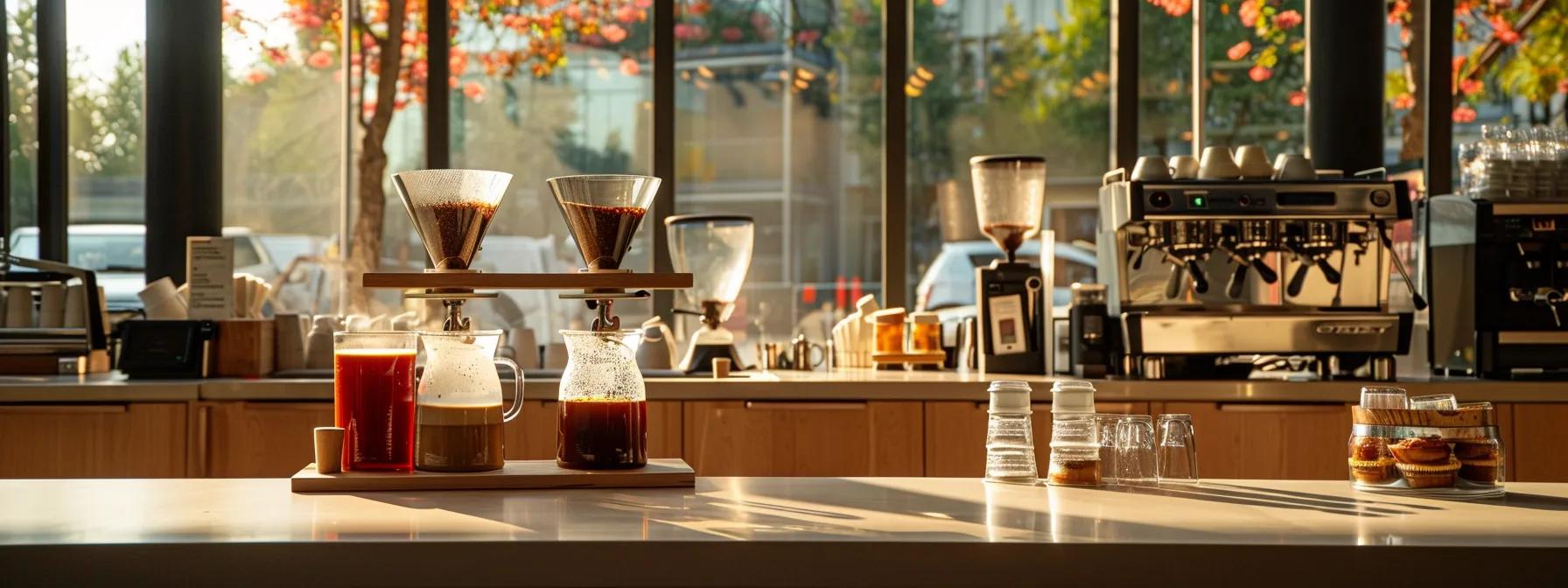
Cold and hot brew coffee differ significantly in extraction dynamics, flavor, and chemical composition. Hot brewing extracts a broader range of compounds rapidly, often resulting in bitterness and oxidation-related off-flavors, while cold brew’s slow extraction preserves volatile aromatics and produces a smoother, less acidic drink.
What Chemical Differences Exist Between Cold and Hot Brew Extraction?
Hot water extracts more bioactive compounds including tannins and acids, which contribute to both desirable and harsh flavors. In contrast, cold brew selectively extracts compounds soluble at lower temperatures—like certain sugars and oils—minimizing harsh acids and bitter alkaloids. This results in a beverage with a smoother texture and unique aromatic profile.
How Do Temperature and Time Affect Flavor Profiles Differently?
Hot brew methods extract complex mixtures within minutes, which can produce robust yet astringent flavors. Cold brew relies on extended steeping to gradually highlight natural sweetness and reduce acidity. The overall result is a more balanced, rounded cup with warmth and clarity that differs from the sharper notes typical in hot brew coffee.
Why Choose Cold Brew Over Hot Brew for Specific Coffee Characteristics?
Many choose cold brew for its smoother, less acidic profile and natural sweetness. The slower extraction pulls fewer bitter compounds and minimizes oxidation, making it easier on sensitive stomachs. The resulting concentrate can also be diluted to suit individual taste preferences, offering flexibility and consistency, especially in warmer weather when a chilled beverage is preferred.
What Are Common Questions About Cold Brew Chemistry, Extraction, and Yield?
This section answers frequently asked questions regarding the optimal practices and scientific principles of cold brew coffee.
How Long Should Cold Brew Steep for Optimal Extraction?
Cold brew typically benefits from a steeping period of 12 to 24 hours. A 16-hour steep is common among home brewers, offering a balanced concentration of flavors without over-extraction, ensuring clarity in both aroma and taste.
Can Temperature Fluctuations Affect Cold Brew Quality?
Yes, fluctuations outside the ideal 18°C to 22°C (64°F to 72°F) range can lead to inconsistent extraction and altered flavor profiles. A stable brewing temperature is essential to maintain the intended balance of sweetness, acidity, and body.
How to Increase Yield Without Compromising Flavor?
To enhance yield without sacrificing flavor, adjust grind size, steeping duration, and agitation carefully. A slightly finer grind paired with occasional stirring can boost extraction, while tweaking the coffee-to-water ratio (typically 1:12 to 1:16) ensures that more solubles are captured without overwhelming the brew.
Table: Comparison of Extraction Parameters and Their Impact
Before the table below, note that precise control of extraction parameters is essential for optimizing cold brew.
This table summarizes the key parameters influencing cold brew extraction. Maintaining tight control over these factors is vital to maximizing flavor while reducing unwanted bitterness.
After reviewing the table, it is evident that precise management of temperature, steeping time, grind size, and agitation is crucial for achieving the desired extraction efficiency and a superior flavor profile.
Frequently Asked Questions
Q: What is the effect of using different roast levels on cold brew extraction? A: Darker roasts, due to the breakdown of complex structures, yield more soluble compounds for a robust but less acidic cold brew, while medium roasts balance sweetness and acidity.
Q: Does the water quality impact the overall cold brew yield? A: Yes, water quality—including mineral content and pH—affects extraction yield and flavor. Filtered water ensures a consistent, clean taste.
Q: How does one adjust the brewing method for different coffee bean varieties? A: Adjust steeping time, grind size, and coffee-to-water ratio to best highlight each bean’s unique chemical composition and flavor profile.
Q: Can I blend different coffee beans for cold brew? A: Absolutely. Blending beans from different origins can create complex flavor profiles, but careful experimentation with ratios and brewing parameters is necessary for balance.
Q: Is cold brew inherently lower in acidity than hot brew? A: Yes, the lower temperature reduces acid extraction, resulting in a smoother and naturally sweeter beverage.
Q: How can I troubleshoot a batch that tastes too weak or too strong? A: If too weak, consider increasing the coffee-to-water ratio or steeping longer. If too strong, dilute with water or reduce the steep time. Consistent measurements and gradual adjustments are key.
Final Thoughts
Cold brew chemistry is an intricate dance of extraction dynamics that can be refined by carefully adjusting temperature, time, and yield parameters. Understanding these chemical processes and optimizing variables like grind size and agitation allows both roasters and home brewers to achieve a consistently high-quality brew. Even small adjustments can lead to significant improvements in flavor and overall cup quality. Experiment with these variables to discover your perfect balance, ensuring that every sip of your cold brew is both reproducible and enjoyable.
